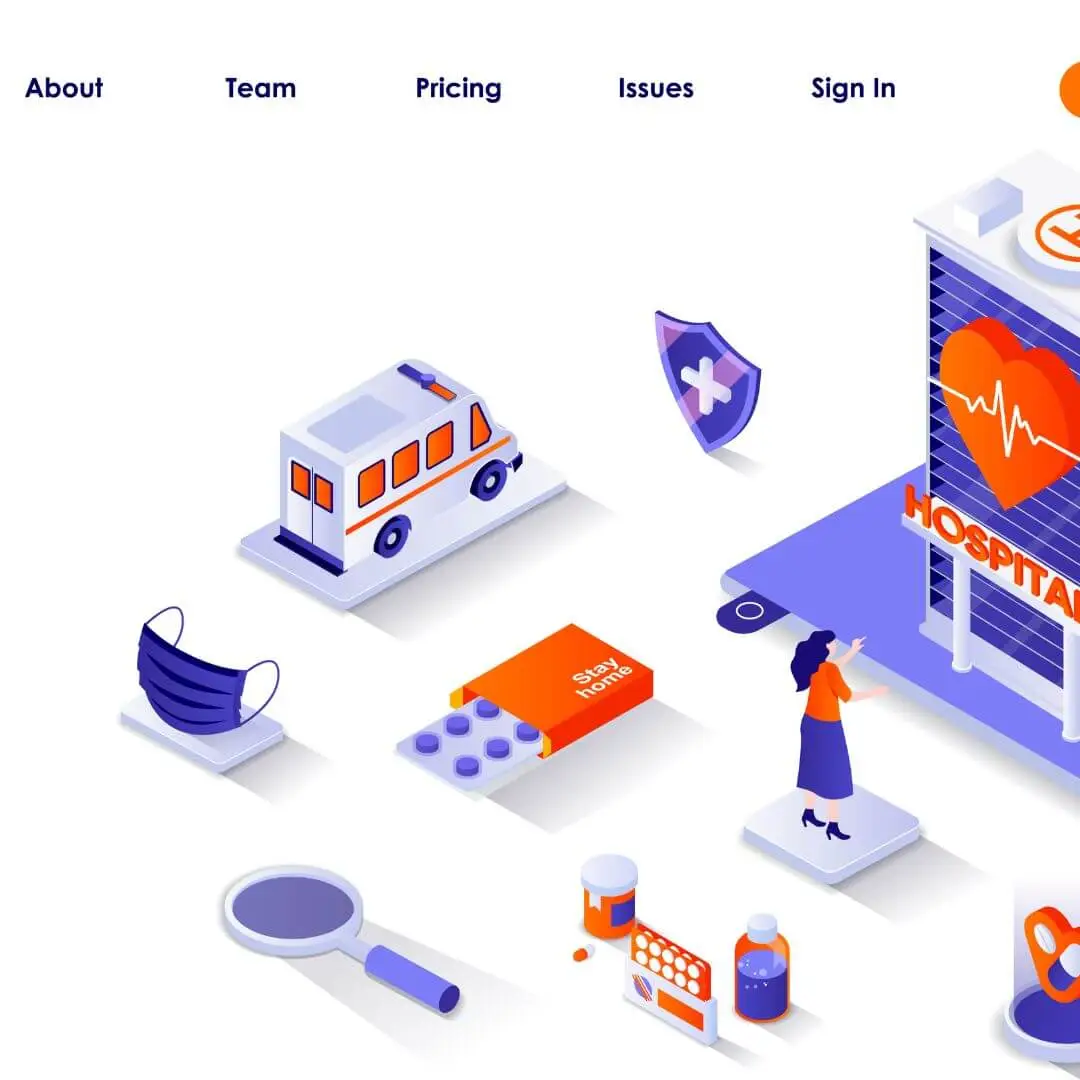In today’s world, healthcare communication is becoming increasingly complex. Medical procedures, treatment plans, patient care instructions, and the rapid growth of healthcare technologies require clear, concise, and effective communication. For many years, traditional methods such as brochures, posters, and lectures have been used to convey information. However, in the digital age, healthcare providers are discovering the power of motion graphics and explainer videos to enhance communication and connect more effectively with patients, staff, and the general public.
Motion graphics, when combined with explainer videos, are revolutionizing how healthcare messages are delivered. They offer a dynamic and visually engaging way to simplify complex medical information, making it easier for diverse audiences to understand and retain key messages. This blog will explore how motion graphics are reshaping healthcare communication and why explainer videos are becoming essential tools in modern healthcare strategies.
Understanding Motion Graphics and Explainer Videos in Healthcare
Before diving into how motion graphics are transforming healthcare communication, let’s first define these terms:
- Motion Graphics: Motion graphics are animated visuals that combine text, images, and other graphical elements to communicate messages. They are often used to explain concepts or show processes in a way that is visually appealing and easy to understand.
- Explainer Videos: Explainer videos are short, engaging videos designed to explain a product, service, or concept in simple terms. These videos typically combine motion graphics, voiceovers, and music to provide a clear, concise message to the viewer.
In healthcare, these tools are used to explain a wide range of information, from medical procedures to drug instructions, public health campaigns, and patient care information. When combined, motion graphics and explainer videos serve as powerful communication tools that engage the viewer and make complicated healthcare concepts easier to grasp.
The Growing Need for Effective Healthcare Communication
Healthcare communication is a vital aspect of improving patient outcomes. Miscommunication or lack of understanding can lead to poor treatment adherence, unnecessary complications, and even medical errors. However, communicating medical information effectively is no easy task. Medical terminology can be complex, and patients may struggle to comprehend procedures or instructions.
This challenge is particularly prevalent in today’s healthcare environment, where:
- Medical technologies and treatments are advancing rapidly, making it harder to keep the general public informed.
- Patients are more involved in their own healthcare decisions, meaning that they need to understand the information presented to them.
- Healthcare providers are focused on delivering quality care while balancing the need for effective communication.
This is where motion graphics and explainer videos step in to bridge the communication gap. These tools provide an engaging and interactive way to present healthcare information, ensuring that it is both accessible and memorable.
How Motion Graphics are Transforming Healthcare Communication
Simplifying Complex Information
Medical information is often complicated, filled with technical jargon and detailed explanations that can overwhelm patients. Whether it’s explaining how a surgical procedure works, how to take medication properly, or describing the symptoms of a disease, traditional forms of communication can struggle to convey these concepts in a digestible format.
Motion graphics simplify these complicated topics by visually breaking down the information. For example:
- A motion graphic can break down a medical procedure into simple steps, using clear animations to demonstrate what happens during surgery.
- A motion graphic can visually depict how a drug works in the body, showing how it interacts with specific organs or systems.
- Motion graphics can also represent the spread of a disease, such as in a public health campaign, demonstrating the effects of hygiene practices or vaccination programs in real time.
By using visually appealing elements, such as moving diagrams, illustrations, and simple animations, motion graphics turn complex medical concepts into something that is easy to understand. This is especially important in healthcare, where patients may be experiencing stress or anxiety, making it harder for them to process information. Motion graphics help calm these concerns by making the information clearer and more engaging.
Enhancing Engagement and Retention
Another advantage of motion graphics in healthcare is that they increase engagement and improve retention of information. Studies show that people tend to remember information better when it is presented visually rather than through text alone. In a healthcare context, this means patients are more likely to retain important instructions, health tips, and other key messages when they are delivered via explainer videos featuring motion graphics.
For instance, an explainer video that shows a step-by-step guide to managing diabetes through diet, exercise, and medication will be far more engaging and memorable than a written pamphlet. The combination of visuals and narration in the video reinforces key points, making the message stick with the viewer long after they have finished watching.
Additionally, motion graphics can maintain the viewer’s attention throughout the video. Rather than relying on text-heavy explanations, motion graphics can deliver the same information in a more dynamic, captivating way that holds the viewer’s interest, resulting in a higher retention rate.
Improving Health Literacy
Health literacy is a significant issue in healthcare. A substantial portion of the population struggles to understand complex medical information, which can hinder their ability to make informed decisions about their health. This is particularly concerning when it comes to patient instructions, medication regimens, and treatment plans.
By using motion graphics in explainer videos, healthcare providers can enhance health literacy by presenting medical information in simpler, easier-to-understand formats. For example, an explainer video could show a patient how to properly use a medical device, such as an inhaler, or demonstrate the importance of monitoring blood sugar levels. These visual aids can help ensure that patients fully understand how to follow their treatment plans and improve their adherence to medical advice.
Moreover, motion graphics can be translated into multiple languages or customized for different literacy levels, making healthcare information accessible to a wider range of patients.
The Benefits of Motion Graphics and Explainer Videos in Healthcare
1. Better Patient Education
Educating patients about their health is a critical component of care. When patients are well-informed, they are more likely to engage in preventive care, follow treatment instructions, and make healthier lifestyle choices. Motion graphics and explainer videos allow healthcare providers to deliver educational content in a way that is engaging and easy to understand. Whether it’s teaching a patient about a medical condition, explaining how a treatment works, or providing instructions on medication use, motion graphics offer a visual approach that enhances comprehension and retention.
2. Increased Accessibility
In today’s digital age, information must be accessible on various platforms, from websites to mobile devices. Motion graphics and explainer videos can be easily shared on social media, embedded in websites, or sent via email to patients. This makes healthcare communication more accessible to patients, especially those who may not have the opportunity to attend in-person consultations or read lengthy printed materials.
Furthermore, motion graphics can be adapted to meet the needs of different demographics, including children, elderly patients, or those with disabilities. For instance, videos can feature voiceovers for those with visual impairments, subtitles for those who are hard of hearing, or animations designed to engage children.
3. Improved Doctor-Patient Communication
Effective communication between doctors and patients is vital to ensuring positive health outcomes. Motion graphics can be used by healthcare providers to explain medical conditions or procedures in a way that is clear and non-intimidating. This visual approach helps patients understand their diagnosis, treatment options, and what to expect during recovery. By using explainer videos, healthcare providers can ensure that patients are better prepared for procedures, have a clearer understanding of their conditions, and feel more confident in their treatment plans.
Real-World Applications of Motion Graphics in Healthcare
1. Public Health Campaigns
Motion graphics are increasingly being used in public health campaigns to educate communities about issues such as vaccination, disease prevention, and healthy lifestyles. These campaigns aim to reach large populations with essential health messages, and motion graphics help make the message memorable and engaging.
For example, a public health campaign aimed at reducing the spread of the flu could use motion graphics to demonstrate proper hand-washing techniques, the importance of vaccination, and how the flu virus spreads. These visuals can be distributed across social media platforms, websites, and TV ads, reaching a broad audience in an accessible format.
2. Medical Device Training
Training patients or healthcare professionals on how to use medical devices can be challenging, especially when the devices are complex. Motion graphics in explainer videos can break down the steps of using a medical device, such as an insulin pump, a blood pressure monitor, or a defibrillator. By showing patients exactly how to operate the device, healthcare providers can minimize the risk of errors and ensure that patients feel confident in using their medical devices correctly.
3. Health Insurance Education
Understanding health insurance policies can be confusing, but motion graphics can help simplify the explanation of complex insurance terms and procedures. Explainer videos can break down how insurance works, what benefits are covered, and how to submit claims. These visual tools make it easier for patients to navigate their insurance options and make informed decisions about their healthcare coverage.
Conclusion
Motion graphics and explainer videos are transforming the way healthcare communication is delivered. These tools are making complex medical information more accessible, engaging, and easier to understand. Whether used to educate patients, train healthcare professionals, or promote public health campaigns, motion graphics have proven to be an effective and powerful communication tool in the healthcare industry.
By using motion graphics in explainer videos, healthcare providers can enhance patient education, improve health literacy, and ensure that crucial medical information is communicated clearly and effectively. In an era where digital communication is becoming increasingly essential, motion graphics offer healthcare organizations a way to stay ahead of the curve and provide better care to their patients.
If your healthcare organization is looking to improve communication, boost patient engagement, and make a lasting impact, incorporating motion graphics and explainer videos into your strategy is the way to go. The power of visual storytelling can transform how your messages are received and create a positive change in the healthcare experience.


